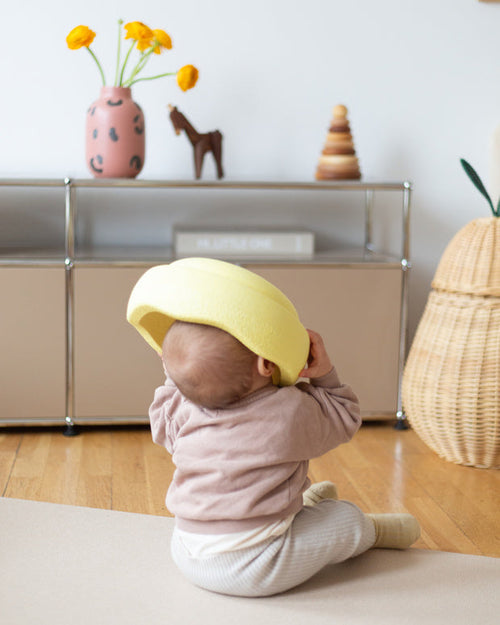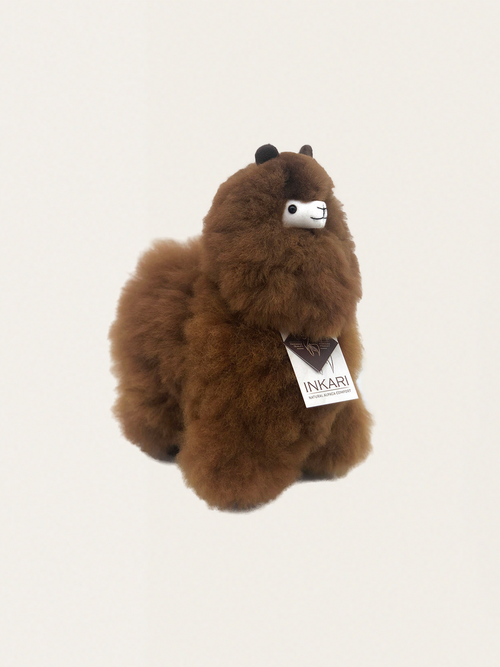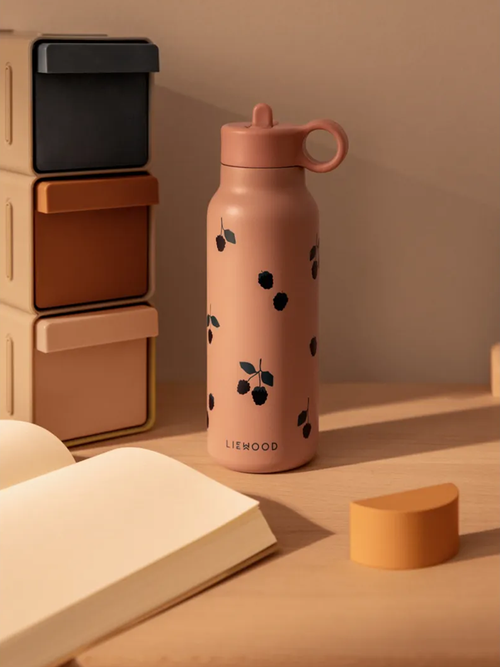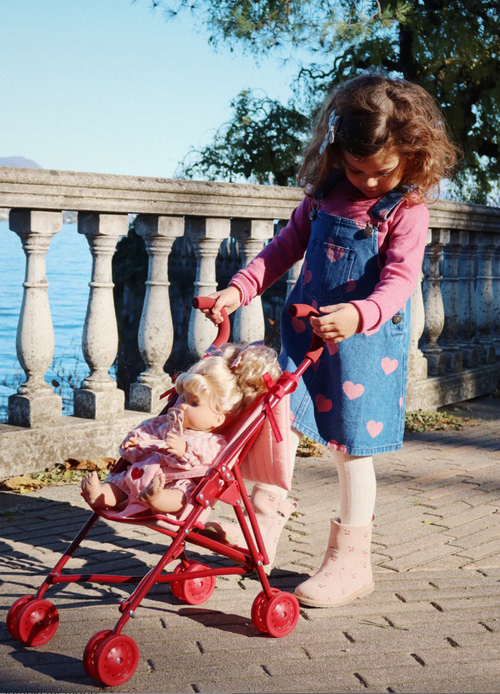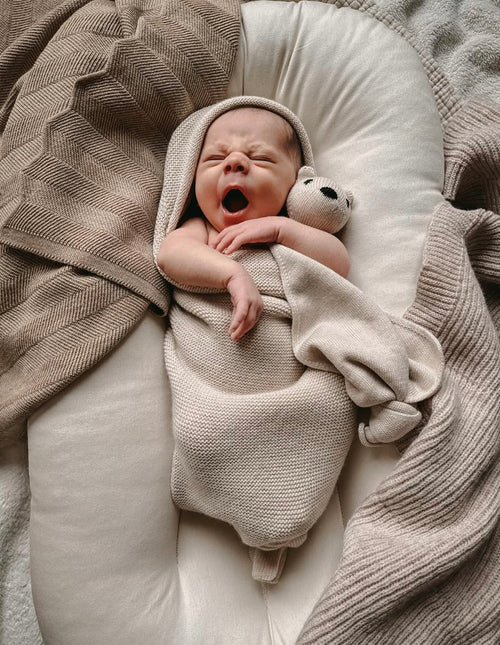Teething is a difficult time – for both the baby and their parents. Itchy gums can be a real nuisance – a toddler becomes tearful, irritable, and restless, even at night. Fortunately, there are many ways to provide some relief to your child and alleviate the pain and discomfort that can be debilitating. The most common and popular method is giving your child a teether, which soothes itching and pain by massaging sensitive gums. We'll show you what to look for when choosing a teether for your baby, and we encourage you to check out the high-quality teethers available at Kokosek!
When does a baby start teething?
Babies start teething at very different times, and it varies greatly from person to person. Some babies start teething as early as around 4-5 months of age, while others wait until they're 1 year old. Teething is usually gradual, with teeth erupting one at a time, starting with the upper or lower teeth. However, it can also happen that a baby's teething is delayed. It will begin very abruptly, with several teeth erupting simultaneously, significantly increasing the child's pain and discomfort. It's generally accepted that, from the onset of teething, a child will develop four new teeth approximately every four months.
What are the symptoms of teething?
The child is restless, irritable, and irritable. True. However, it's worth knowing that some children experience teething virtually asymptomatically, the only symptom being a small white dot on the gum, which turns out to be an erupting tooth. However, most children experience restlessness, pain, itching, excessive salivation, red gums, and sometimes even a fever during teething. Symptoms of teething may also include sticking out the tongue, increased sleepiness, loss of appetite, putting hands in the mouth, or rubbing the cheeks.
Does a teether help with teething?
Teethers are absolutely essential accessories, and it's worth getting them as soon as possible. From the first signs of teething, it's a good idea to give your child a teether. It will soothe sore gums, calm your little one, and also support the development of coordination and motor skills. We can give our first teethers to children who can already hold them independently – the moment we notice our little one starting to put their own hands in their mouth is a good time to buy their first teether. What should it be like? A first teether for a baby should be lightweight, easy to hold, small, and, of course, made of child-safe materials. It's best if the teether has a handle that can be used to attach it to a stroller or baby's clothing – this will minimize the risk of it falling or getting lost. It's also important to choose teethers that are visually appealing – a variety of shapes and vibrant colors will encourage your child to reach for the teether. Check out our suggestions - natural rubber teethers , massaging teethers with a brush , sensory teethers or wooden teethers .



